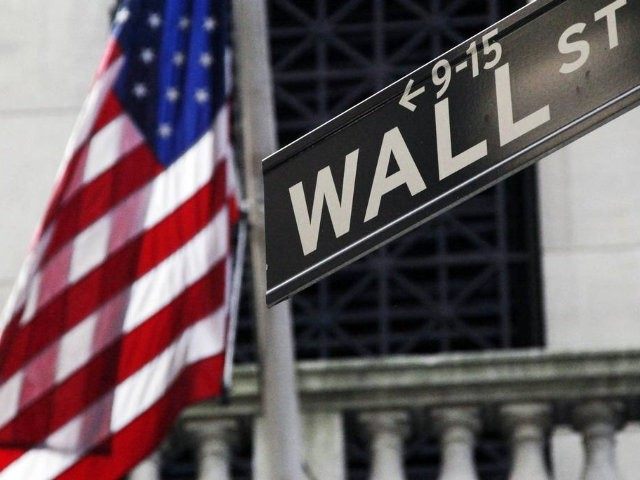The average price-earnings ratio (PE) of U.S. stocks is at 25.5, versus a 16.6 historical average. That means that the stock market is currently 51 percent overvalued. But the challenge for this simple formula is that with all-time low interest rates forcing down bond yields, we are in uncharted territory. As a result, fixed income investors have moved cash into the stock market and dramatically pushed up prices.
The most popular statistics analyst for economic issues is Doug Short, who operates Advisor Perspectives.com. He has reported for some time that the PE ratios would indicate that U.S. stock indexes are significantly overvalued. But he cautions that his analysis assumes a “normal market environment associated with a conventional business cycles, Federal Reserve policy, interest rates and inflation.”
But this time it really is different. The financial crisis that began in 2008, shortly after the March bankruptcy of Bear Stearns’ hedge funds collapse, saw the Federal Reserve embark on a historic crusade to stabilize markets by cutting their bank overnight lending rate from average of 5.25 percent to ZIRP (Zero Interest Rate Policy) as of December 16, 2008, following the bankruptcy of Lehman Brothers on September 15, 2008. After almost 7 years, the current “Fed Funds” interest rate is only 0.25 percent.
Since the crisis, inflation has been extremely low and the interest income 10-year Treasury Bonds of 2.17 percent is just 70 basis points above its historic closing low of 1.43 percent on July 25, 2012. The monthly average that month was also the all-time low in the 239 years since the founding of the United States at 1.53 percent.
It is a fact that U.S. stocks are about 20 percent “cheaper” than the historic PE highs of above 30 that lasted in the dot-com bubble from June 1997 to January of 2002.
Short emphasizes that the inflation “sweet spot” range that has supported the highest stock market valuations is between 1.4% and 3%. The 56-month dot-com bubble featured an inflation rate average of 2.41 percent that supported an average PE ratio average of 31.3. The peak PE month during that period was December 1999, when the PE ratio hit 44.2 and the inflation rate stood at 2.68 percent.
Other than the dot-com bubble, there were only two months since 1870 when the PE ratio was above 30. Just before the Great Stock Market Crash, the PE ratio in August 1929 was 31.5 and 32.6 in September 1929.
But Short advises that the latest PE ratio of 25.5 is unique, because it comes with a 0.51 percent year-over-year inflation rate. This is far below the 1.4 to 3 percent “sweet spot” for inflation that supported the highest stock prices in the past.
As a result of historically low inflation, the only time 10-year U.S. Treasury Bond yields were as low for a number of years was during World War II. The average yield on the 10-year U.S. Treasury bond since 1870 is 4.61 percent. The high was 15.32 percent in September 2012 and the low was 1.53 percent in July 2012.
As a consequence of bond investors receiving such paltry income returns, stocks have looked much more attractive. But as we have seen in the mini-worldwide financial crisis since August, any threat of much higher interest rates will tank stock prices.

COMMENTS
Please let us know if you're having issues with commenting.